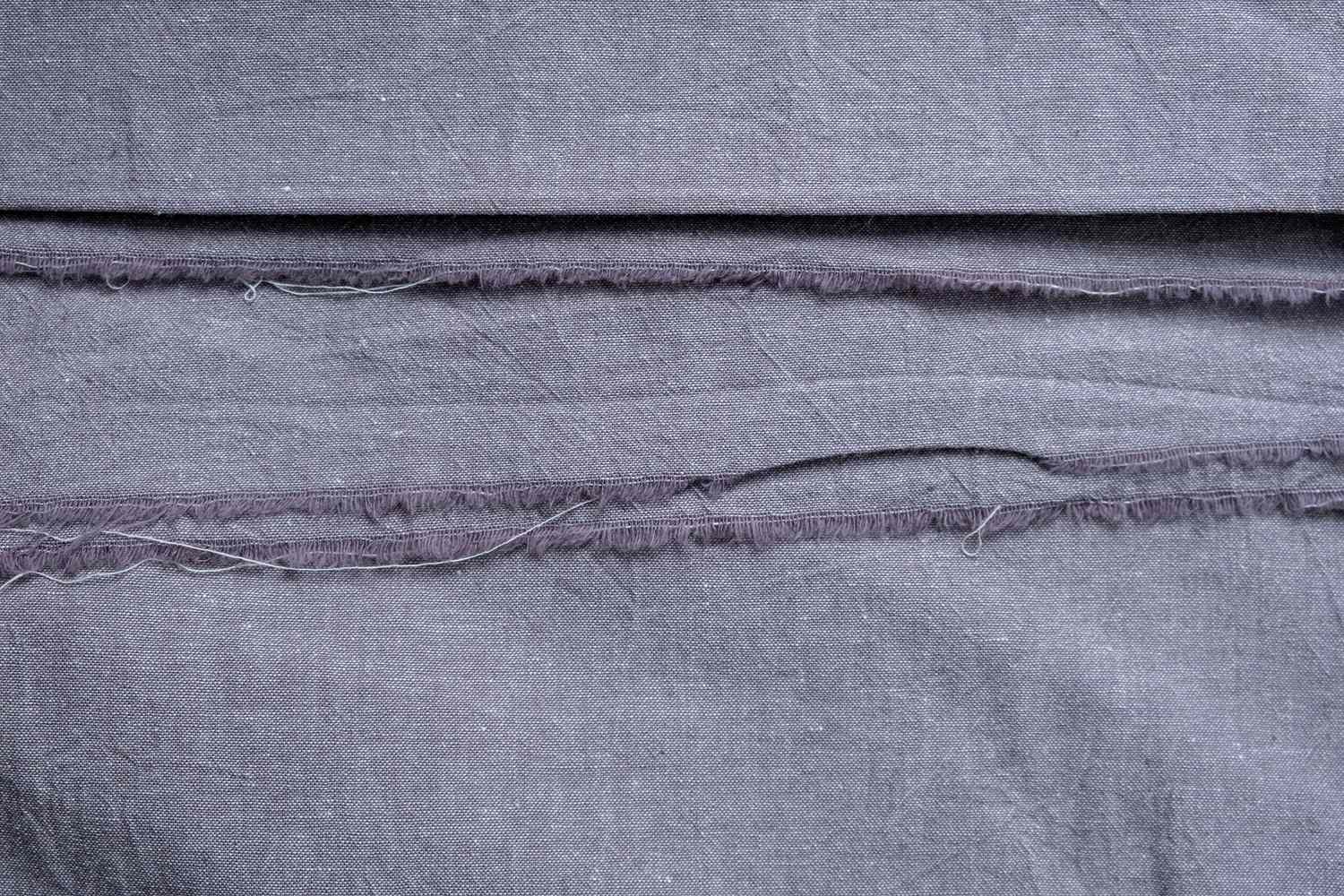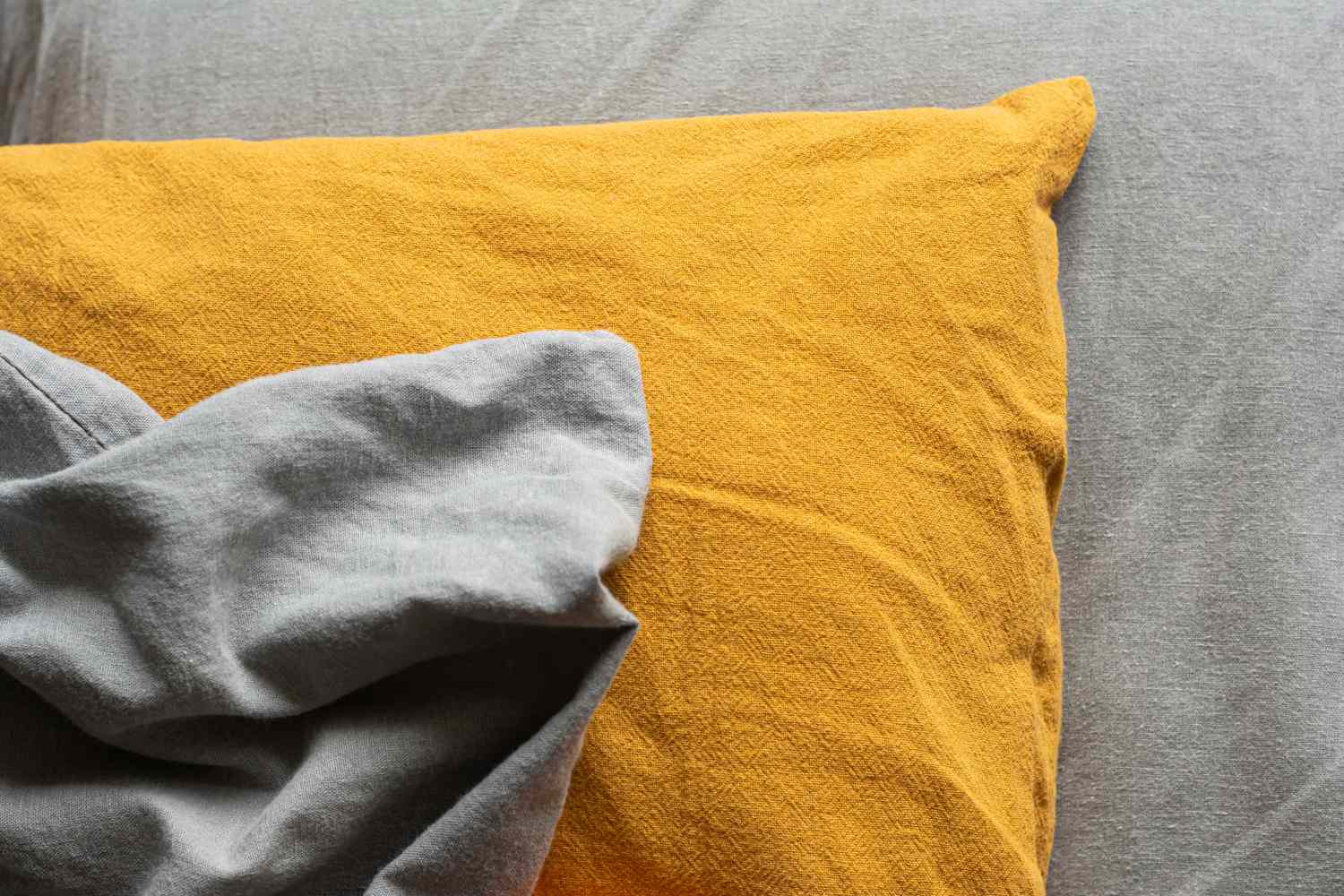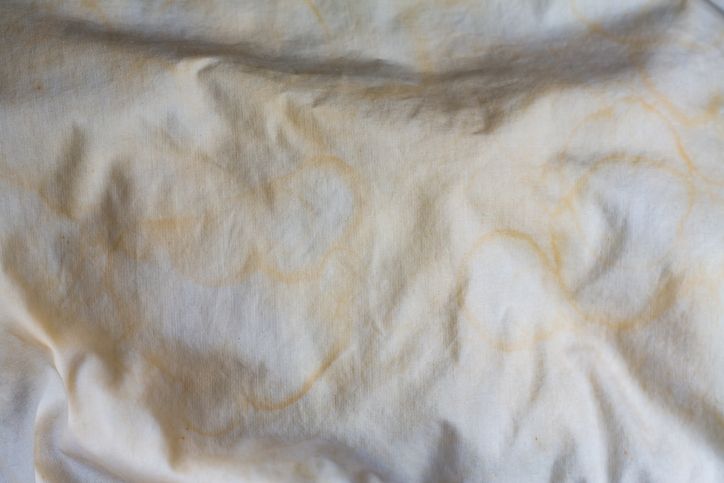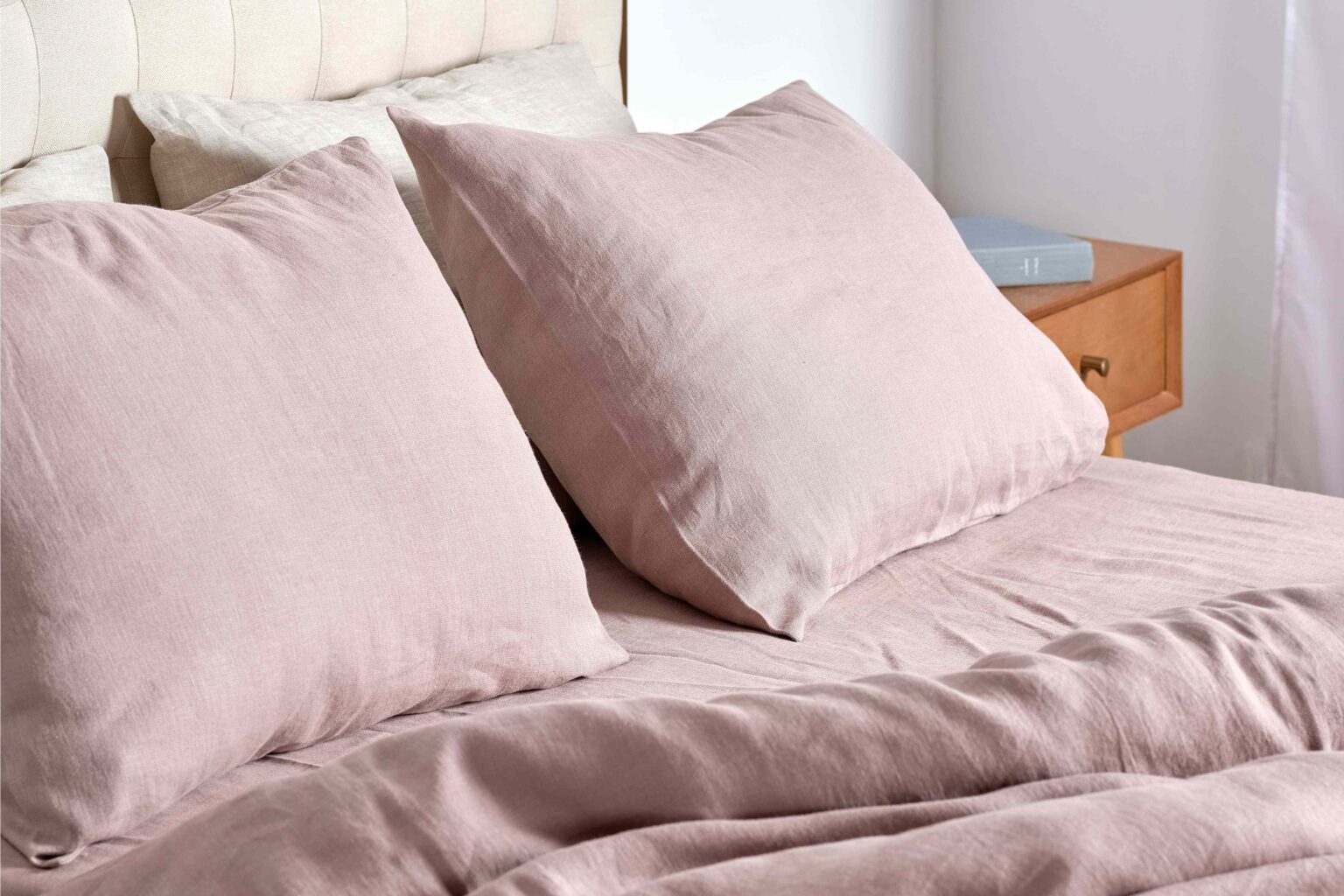A good night’s sleep is key for a productive day ahead, which means the quality of your bedding matters. Oftentimes, however, we can’t remember the last time we bought a new pillow or upgraded our sheets.
“Bedding plays such an important role in our overall comfort and sleep quality, but we often overlook the signs that it’s time to replace it,” says Anna Brakefield, co-founder of Red Land Cotton.
Look for these six tell-tale signs experts say indicate your bedding is due for an upgrade, plus some tips on how to make your bedding last longer.
Meet the Expert
- Anna Brakefield is the co-founder of Red Land Cotton.
- Kendra Cosenza is the brand manager of Mulberry Park Silks.
- James Joun is the co-founder and chief operating officer of Rinse.
It Looks Worn

Akintevs / Getty Images
Visible signs of wear, such as thinning fabric, fraying seams, or holes, mean it’s time to buy new bedding, experts say. While some wear and tear can be quickly fixed to prolong the bedding’s use, multiple tears or fabric becoming sheer mean the bedding is too far gone.
“If repairs are no longer practical, it’s time to refresh your bedding and move on,” says Kendra Cosenza, brand manager of Mulberry Park Silks.
Brakefield also warns to look out for pilling.
“Pilling creates an uneven, uncomfortable surface,” she says. “This happens when lower-quality fibers wear out over time.”
Want more design inspiration? Sign up for our free daily newsletter for the latest decor ideas, designer tips, and more!
Don’t Miss


The Fabric Feels Rough

VIKTORIIA DROBOT / Getty Images
When the fabric texture of your sheets or pillowcases feels rough or just different, experts say that’s usually a sign to swap your bedding.
“Repeated washing and harsh detergents can cause sheets to feel stiff or scratchy even if they’re technically clean,” Brakefield says.
You may notice your pillowcases or fitted sheets tend to roughen up faster than other materials, Consenza shares.
“If the fabric starts to look dull or feel noticeably rougher, especially in high-friction areas, like pillowcases, it may be time to replace,” Cosenza says.
Your Comforter Is Uneven
Comforters that are lumpy or flat are due for a refresh. James Joun, co-founder and chief operating officer of Rinse, says comforters or duvets typically need to be upgraded every three to five years.
“These items don’t get washed as often, but over time, they can lose loft and trap allergens,” he says. “A flattened or uneven fill usually means it’s time for an upgrade.”
Stains and Odors Remain After Washing

eyepark / Getty Images
Bedding easily accumulates stains and smells from body oils and sweat since we spend so much time in our beds. But if smells or stains linger after the wash, Brakefield says it’s time to move on.
“Bedding holds onto more than we think,” she says.
Treat stains immediately, if possible, so stains have the best chance of washing out. Line drying sheets, especially outside in the sunlight, can also help remove odors.
It’s a Little Dusty—Even After a Wash
If your eyes or nose get itchy when you’re in bed—even with clean sheets—lingering dust can be to blame.
Start by getting a mattress and pillow protector, along with a fresh set of sheets. If you’re still feeling uncomfortable, it could be time to replace your pillows or even your mattress.
Your Pillow Is Lumpy

Edwin Tan / Getty Images
Tossing and turning all night and waking up a little sore? Your pillow could be to blame. Pros recommend replacing pillows every one to two years to keep them in tip-top shape.
4 Tips to Make Bedding Last Longer
Overall, consistent and gentle care is key to maintaining your bedding and extending its life, Joun says. Here are a few specific tips to make your bedding last longer:
- Wash bedding gently: Use cool or warm water and a mild detergent to wash your bedding. Joun also recommends avoiding bleach and fabric softeners, since they break down fibers.
- Rotate bedding: Keep at least two to three sets of sheets in rotation to minimize wear on any one set.
- Dry properly: Always fully dry bedding before use or storage to prevent mildew. Joun recommends drying on low heat or line drying when possible to avoid fabric damage.
- Use protectors: Mattress and pillow protectors shield against sweat, oils, and dust mites to preserve your mattress and pillows and prevent allergens.





